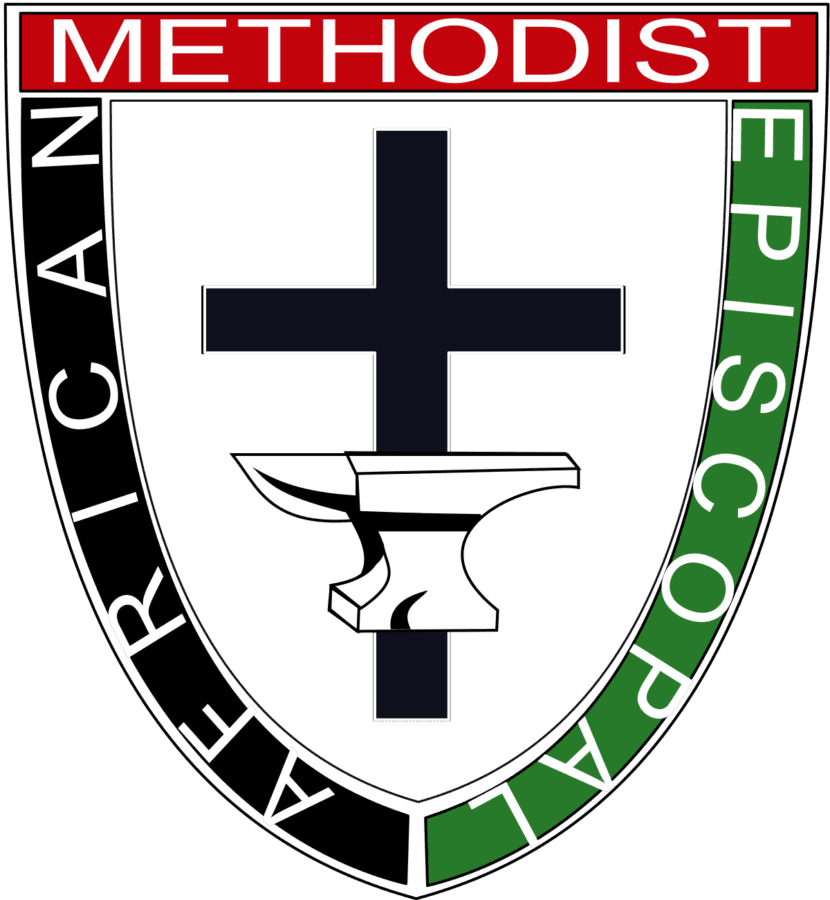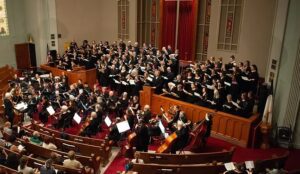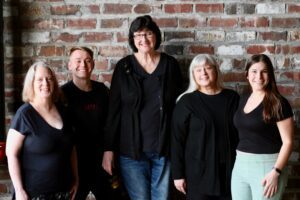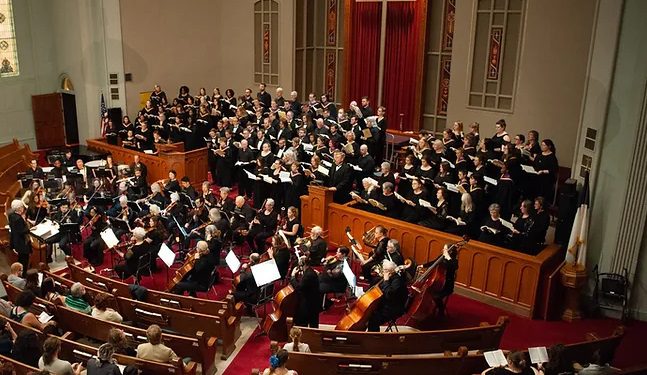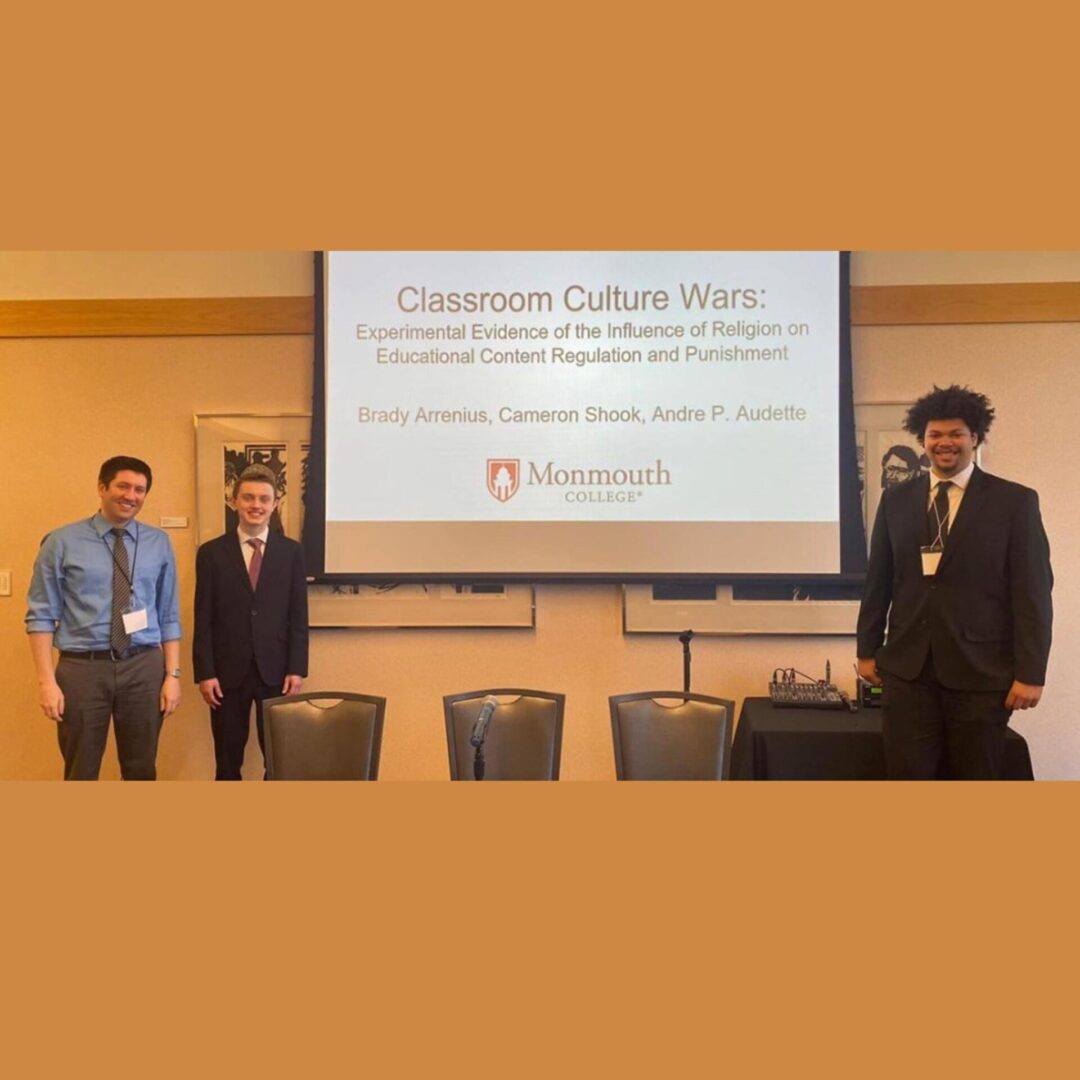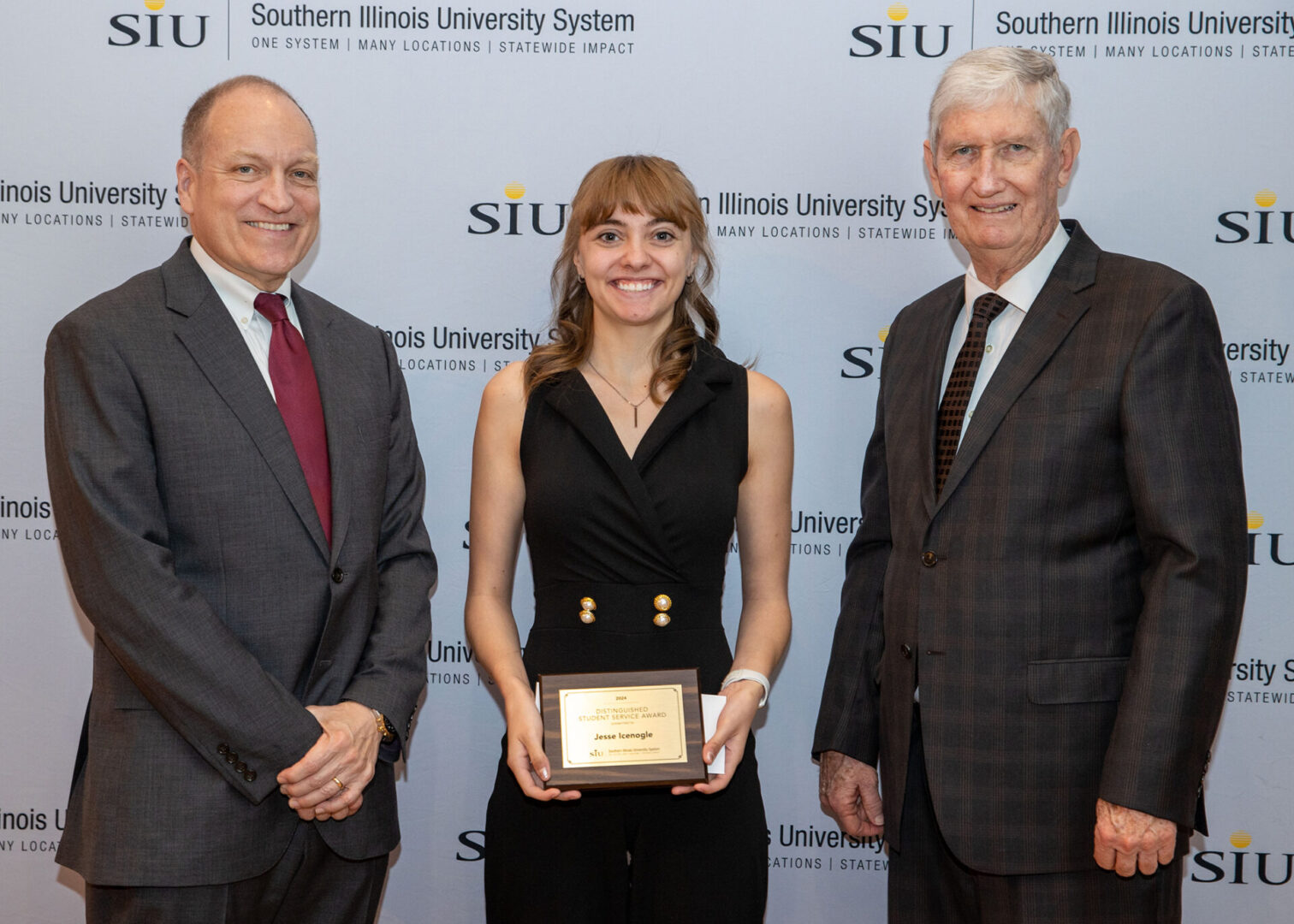AME CHURCH
Over many decades, Monmouth citizens have contributed to furthering the civil rights movement and promoting interracial cooperation. Case in point–in the spring of 1963, while Martin Luther King sat in a Birmingham jail, white and black residents of Monmouth were working hand-in-hand to rebuild a local African-American church, which had been founded in the wake of the Civil War.
According to the 1865 census, Monmouth had a population of 3,700, of which 87 were persons of color. As Reconstruction began, the number of African-American residents would steadily grow, and there was an increasing interest among certain segments of the white population—particularly church and college leaders—to assist in their settlement.
In November 1868, a meeting was held in a hall on South Main Street, in which the African Methodist Episcopal Church was founded with 12 members. The following spring, the trustees purchased a lot on the west side of South Second Street between Eighth and Ninth Avenue, where they built a small house of worship, 22 x 30 feet in size. The cost, including the lot, was $800.
In 1890, the lot was sold and a new one was purchased on the east side of South Third, south of East Seventh, where the current Street Department building stands. The church building was moved to that site and in 1896 it was extensively remodeled, with an addition made to the east of the building. At the dedication service in July, the Rev. Richard Haney of the First Methodist Church and the Rev. W.T. Campbell of the Second United Presbyterian Church gave the prayer and scripture lesson. The pastor, the Rev. J.M. Thomas, explained that the cost of the addition was $337 and the debt at the time was $157, with $125 borrowed, leaving $32 needed at once. The sum of $35.36 was contributed by those present to help pay of the debt.
When the Missouri & St. Louis Railroad was built along Seventh Avenue, the church decided to relocate and moved to its current location at 900 South Third St. The lot was purchased in 1912, but it would be five years before the church could be completed. The St. James A.M.E. Church, consisting of a brick-veneered house of worship and a parsonage, was dedicated in 1917.
Because the church was built economically, with much volunteer labor, it began to experience signs of aging by the 1950s. A severe wind storm in 1959 was particularly damaging, forcing the building to be razed in December 1961, and a campaign for a new church was begun under the pastorate of the Rev. Joseph Evans, who moved worship services to Harding School. With only 58 church members at the time and an estimated price tag of $8,300, constructing a new church was a daunting task.
On Aug. 21, 1962, Professor Carl Gamer of the Monmouth College government department published a large display ad in the Review Atlas, in which he wrote, “As the son of a Civil War veteran whose father answered President Lincoln’s call for help to free this nation of slavery, I have always been interested in the Africans in our midst who were among the first Americans to be brought to this country.”
“As a visitor to St. James A.M.E. church Sunday,” he continued, “I noticed they took three offerings, then requested gifts of cement blocks so the building can go on. They asked the stewards to go out and get more money. They asked members to come out and help with the actual building.
“Pastor Evans and his small flock of faithful members are working very hard to rebuild their House of Worship. Representatives from other congregations: Galesburg, Quincy, Kewanee, Davenport and still others have been here to help them along…They need 1,500 cement blocks now at their building site, 910 South 3rd Street. They had only 400 on Sunday. The blocks cost 30c apiece. Lumber yards or materials companies carry them.
“It occurred to me that Monmouth is noted for its civic spirit. There are many people willing to give a lift where they see a worthy cause and find people are trying hard to help themselves. If you are on, this ad is to call your attention to a need. The undersigned is putting in this ad without asking anybody.”
Gamer’s ad had an impact. In the next three weeks, $466 was contributed to the building fund, and on Sept. 17, the Chicago Tribune published a letter from Gamer that noted while black churches in the south were being burned, the citizens of Monmouth were banding together to build one. He also made the point that Monmouth schools were integrated during a severe depression in the 1870s, when it was decided it would be costly and foolish to support two separate school systems.
On Sept. 23, the A.M.E. choir was invited to perform at the First Methodist Church. Offerings from that service added $668 to the fund, and all the blocks needed to build the church had been donated.
On Oct. 27, Monmouth College YWCA and YMCA students spent a day volunteering their services to the building project. They constructed scaffolding for the new church, which would be 48 feet wide by 68 feet long, containing a sanctuary seating 150, a fellowship hall, a kitchen, a pastor’s study, a steward’s room and restrooms.
In April 1963, the Rev. Russell S. Brown of Chicago, general secretary of the A.M.E. Church, was the speaker at the second annual testimonial dinner for the church’s building fund, held at the Colonial Hotel.
The Rev. Robert Cox took over the campaign in September 1963, paying of more than $2,000 in back debts and raising $2,500 for the building fund. Officers were installed, the trustees being Mrs. Daisy Brooks, secretary; Kenneth Wallace, Arthur Skinner, Charles Peoples, Lewis Kelly, Walter Blue and Mrs. Nadine Weathers. Name d as stewards were Charles Patterson (pastor’s steward), Mrs. Harriett Wallace (church treasurer), Mrs. Doris Griffin (secretary-church clerk), Hugh Sanders, Mrs. Eva Johnson, Mrs. Naomi Johnson, Archie Pinney, and Mrs. Edna Hamilton. Mrs. Gene Kelly was appointed to be pastor’s aide.
An interracial building committee was formed to ensure professional constructional assistance for constructing a lasting structure. Meanwhile, numerous community efforts added to the building fund, including a “tag day” sponsored by the Monmouth Council of Churches that collected $600 from citizens on downtown streets.
On Oct. 3, 1964, the Monmouth Review Atlas published a photo of the roof, which had finally been paid for after two years under construction. Volunteers carpenters provided the manpower to complete the roof in one day.
For Maple City Memories, I’m Jeff Rankin.


